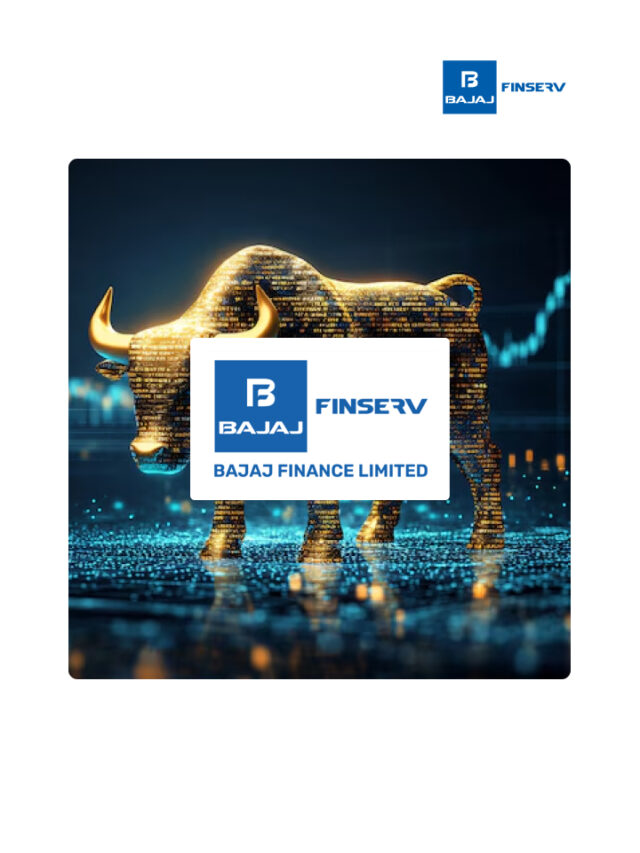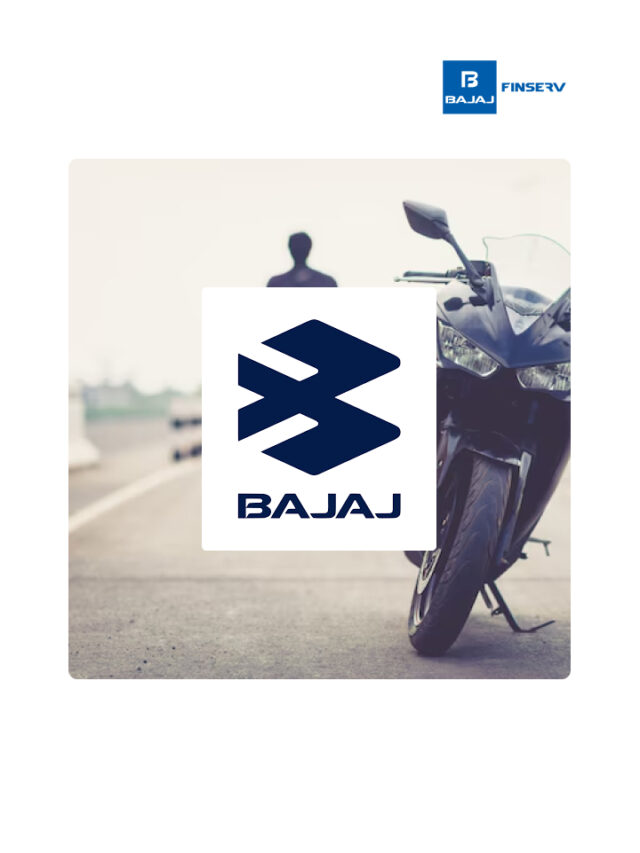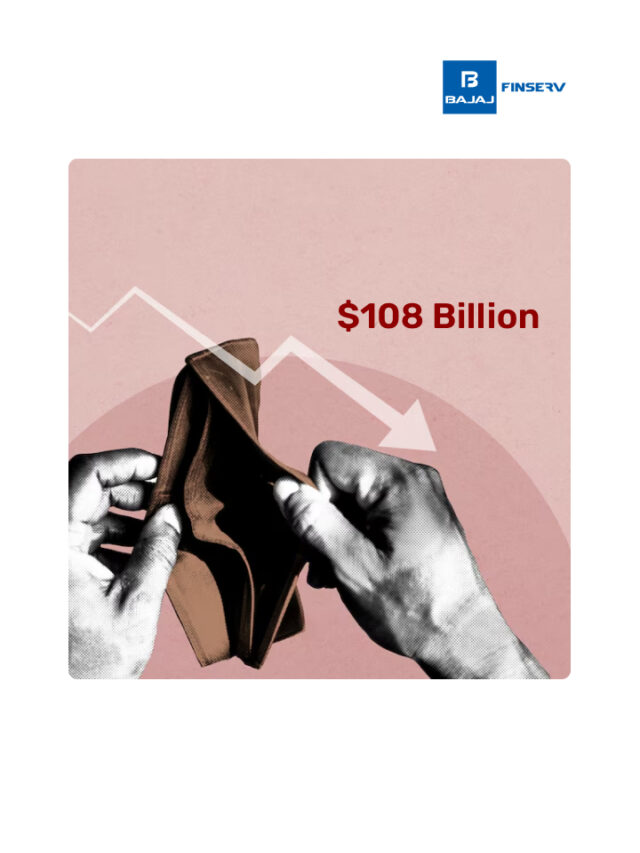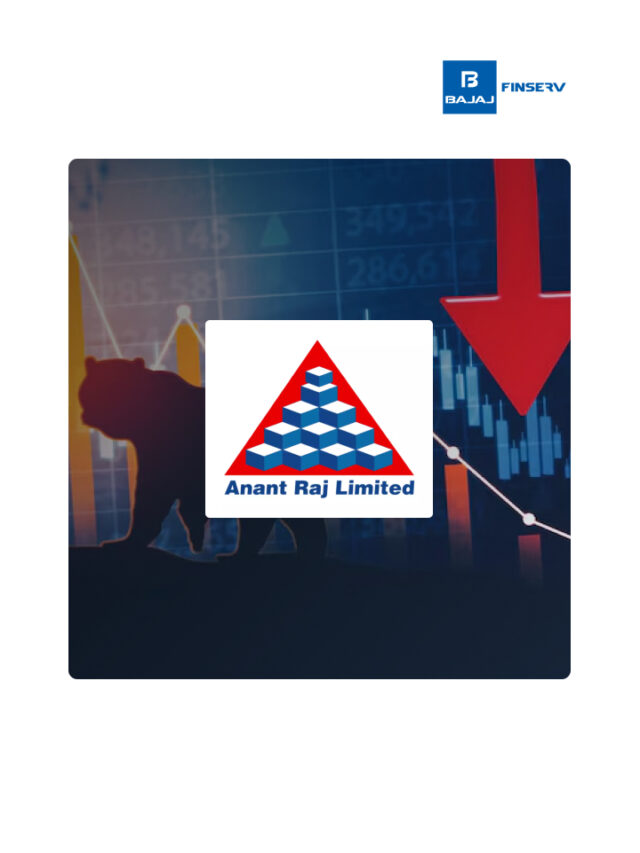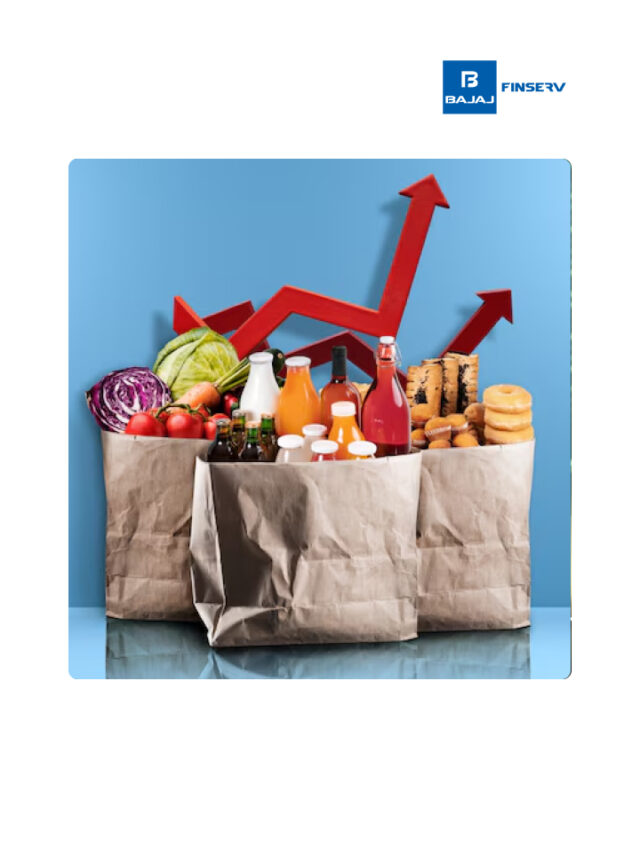The Role of Margin Financing in Market Volatility
Last Updated on March 18, 2024 by ethinos

In simple terms, margin financing is taking a loan from your stockbroker to buy various securities. Brokers provide additional purchase power to trade by keeping your cash balance or securities as collateral.
In this blog, you will understand the role of margin financing in market volatility.
Table of Content [hide]
What Is Margin and Margin Trading?
You need to have a margin account to get a margin or to do margin trading. You can not use this feature with a normal trading or demat account. ‘Margin’ is the amount your broker gives you as a loan to buy shares. A broker will charge interest on this loan amount and it depends on the terms between you and your broker.
When you trade in the stock market using this margin balance, that is called margin trading. Margin trading is beneficial to gain higher profits. However, you must bear huge losses if you make wrong side trades. Note that- your broker is not responsible for any losses during trades.
Different Types of Margins
There are many types of margins in the stock market. Some of them include:
1. Variation Margin
The difference between your initial margin and the cash available in your account is known as the variation margin. For example, your maintenance margin is Rs. 20,000 and Rs. 10,000 cash is available in your account. In this case, your variation margin is Rs. 10,000.
2. Maintenance Margin
To keep your positions valid, you need to maintain a minimum balance in your account at all times. This minimum balance refers to the maintenance margin. Brokers tell you to maintain this balance to ensure that they can deduct the balance from this amount in case you make losses in your trades.
3. Initial Margin
The initial margin is the amount you need to keep in your account to carry out trading. It can be some percentage of your total trade’s value. If you make a short or long position in future trading, maintaining this amount is very important. For options trading, you need to keep an initial margin only if you make a long position.
4. Value at Risk (VAR) Margin
This margin safeguards the broker from the worst-case loss scenario. VAR is the margin you need to pay upfront for extreme losses on a given day. The amount is calculated based on the historical security price.
5. Extreme Loss Margin
It includes an additional margin charged over VAR by assuming the worst-case scenario based on historical data. Data from the previous six months is used to calculate this margin.
Why Margin Financing Affects Market Volatility?
Margin financing can affect market volatility because it allows people to trade more using borrowed funds. These are the reasons why margin financing affects market volatility:
More Frequent Trades
Margin trading can increase both gains and losses as it allows people to trade more frequently. This increases liquidity for shares trading on margin. Additionally, margin trading increases the overall debt level of the market. In this situation, there can be a huge selling pressure to repay these debts, making the market volatile.
Margin Calls
When your maintenance margin goes below the required amount, your broker will send you a notice which is known as a margin call. When you receive a margin call, you need to top up your account to save your trades.
If a margin call occurs during your trade, you may need to sell your securities at a lower or unfavourable price. Otherwise, your broker will square off your positions and sell your pledged shares. When it happens on a large scale, it can increase market volatility.
Market Sentiment
The reaction of a margin trader to a sudden market news or market sentiment is more aggressive than a normal trader. It can increase market volatility.
How SEBI and Other Regulators Try to Control Volatility?
To control market volatility due to large buying or selling pressures in the market, SEBI implements upper circuits and lower circuits in every stock. These limits help regulators control excessive volatility in every stock.
Upper Circuit
An upper circuit is the highest price limit of a stock in a single trading day. The stock price should not rise beyond this limit, or SEBI will stop trades of the stock. This helps to control price manipulation and excessive market volatility.
Lower Circuit
A lower circuit is the lowest price and beyond this price, a stock cannot fall in a single trading day. It also helps to control the volatility in negative market sentiments.
Additional Read: What is the Upper and Lower Circuit in Stock Markets?
SEBI and stock exchanges decide the limit based on the previous day’s closing price and it varies among different shares.
Summing up
When a large group of traders are using margin financing in the share market, it can make the market excessively volatile. This is because it encourages traders to take more risks and participate in short selling.
If you want to do margin trading, you need to have a margin account with your broker. Open your free trading and demat account with Bajaj Broking and increase your buying power up to 4x with the margin facility.
Frequently Asked Questions
Margin financing is a loan facility offered by your stock broker where you can get funds against your securities. You can use this amount to buy securities.
MTF trading charges vary between different stock brokers. However, in India, it can go up to 24% per annum.
If you want to increase your purchasing power, margin trading is one of the best options for you. To use this facility, you must have a margin account with a broker. However, you need to be careful as MTF trading can lead either to huge profits or losses.
You can hold your MTF shares for as long as you pay the required margin. During this, you should be very careful to avoid margin calls which can lead to a force selling or penalty.
